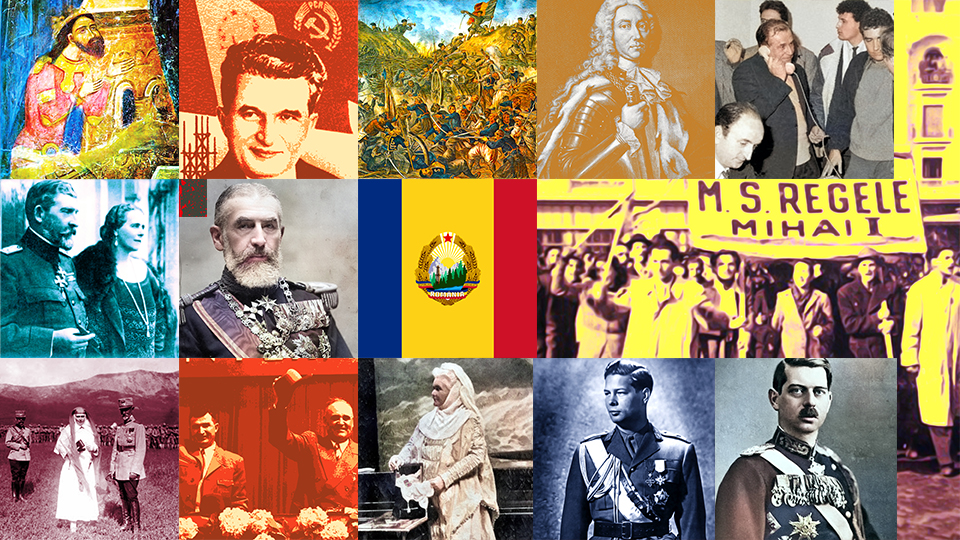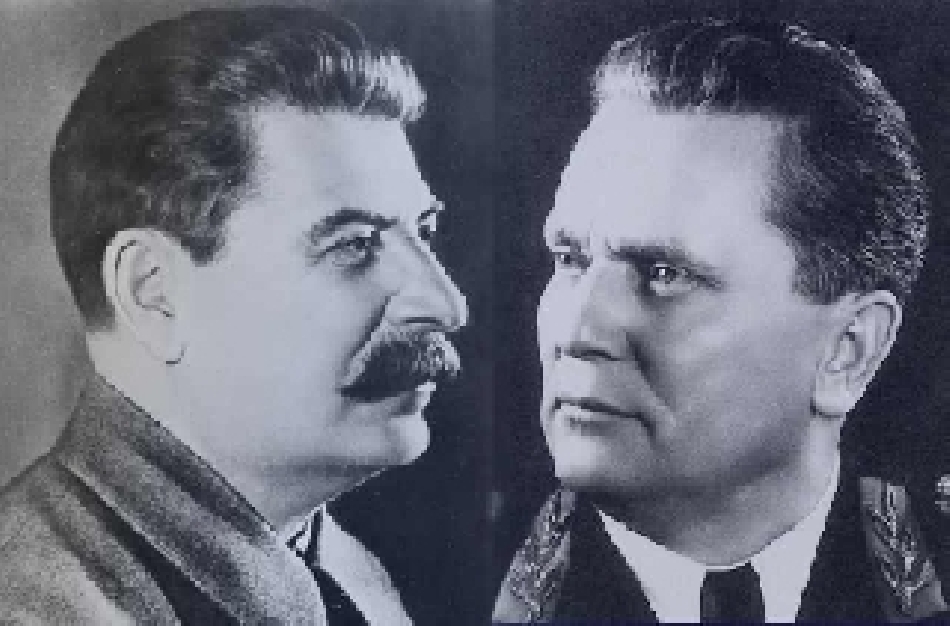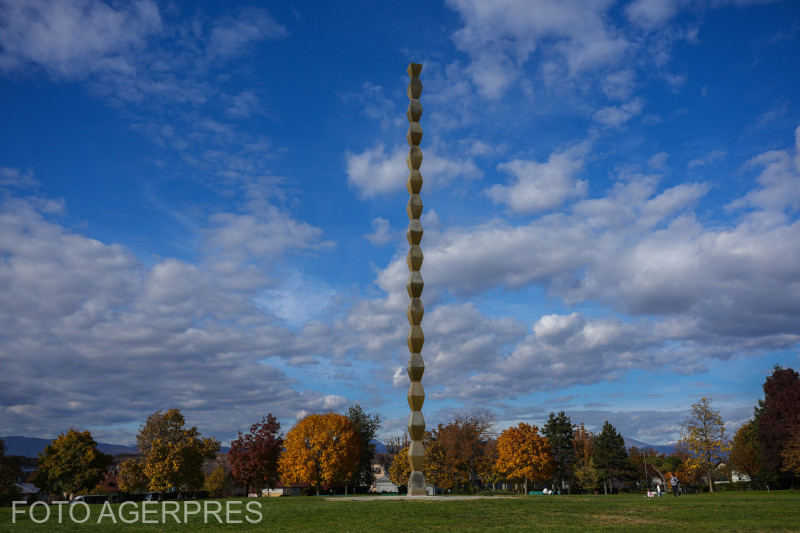The Romanian Aeronautical Industry
One of the technical fields in Romania that were marked by a fast development after WWI was aviation

Steliu Lambru, 22.04.2019, 12:01
One of the technical fields in Romania
that were marked by a fast development after WWI was aviation. With a short,
but solid tradition built before 1914, Romanian aviation benefited from support
from the state to expand. After several successful experiments conducted by
aviators such as Traian Vuia, Aurel Vlaicu and Henri Coanda and inventions such
as those of Henri Coanda and Gogu Constantinescu, the Romanian state became
aware of the potential of this field and started investing in the construction
of both civilian and military planes. The most important manufacturing unit was
the Romanian Aeronautic Industry in Brasov – known as IAR – , which emerged in
1925 and became state property in 1938. In its 20-year long history, up until
1944, IAR manufactured 19 types of planes, owned by French, German and Italian
companies. The best of them were IAR-80 and IAR-81.
Engineer
Eugen Manolescu worked for IAR since 1938. When he was employed, the Romanian
Aeronautic Industry comprised the engine factory and the hangars. In the
manufacturing process, plane airframes and engines were manufactured
separately, and subsequently the engines would be mounted in the airframes.
In
an interview he gave in 1995 to the Oral History Centre of the Romanian Radio
Broadcasting Corporation, Manolescu recalls how the staff was selected, from
among the best skilled:
Back then, there were 70 engineers at IAR. Each new employee had to be on
trial for a while, and so was I, for three months. At the end of the evaluation
period, the results of the tests would be compiled and analysed and the salary
established based on that. In 1939, a beginner engineer would earn some 10500
lei per month. It was quite big, compared to an assistant teacher at the
university, for instance, who would earn 4500 lei. So, everybody had to take
those tests. The most difficult tests were those for workers, for specialized
jobs, such as welders and adjustors. Those people were genuine artists in their
job. And again, their salaries were established depending on the results of
those tests.
IAR was a very well organized
production unit, a small technological universe, as Eugen Manolescu described
it:
The engine factory had a
manufacturing unit for parts, with some 600 employees, an assembly unit for
engines, a casting facility for aluminium parts, a treatment facility and a
workshop where the engines and the parts of the engines were tested. There was
also a tool workshop, with equipment used only to produce the tools necessary
in the manufacturing process. Each facility had an engine design service and a
tool design service. The plant that produced frames was
organised in a similar way. It had its own research offices, design offices,
tool design equipment, tool treatment units, because in those times the pieces
specific to the aviation industry were made of metal, as opposed to the previous
types of aircraft, which were built of metal, wood and canvas.
When the war
started, the engines produced in Brasov were up to the technical standards of
the time, but the war required an improvement of performances. Eugen Manolescu.
At that time, the local plants
produced 1000 A engines, 1,000 HP and 1,700 HP engines. They had maximum
recovery power at an altitude of 4,500 metres. This means they had special
carburettors so that at high altitude, rated as combat height at that point in
the war, the engine would give maximum power. Later on, at the end of the war,
American bombers would come from 7,000-metre altitude, they were pressurised,
and additional height was gained in order to prevent anti-aircraft attacks from
reaching the planes.
The IAR aviation
works were targeted by American bombers seeking to weaken the combat capacity
of Germany’s allies. The American bombing of July 6, 1944 was decisive in
annihilating the production capacity of the works. Eugen Manolescu remembers
the 2 American air raids over the IAR.
There were 2 American bombings.
In 1944, I remember it was the Easter, a raid destroyed the entire front side
of the works, where anti-aircraft equipment had been installed in order to
defend the plant. It was also there that the bomb shelters were located. They
were destroyed completely and the over 1,000 people inside were killed. On July
6th there was a second bombing, which happened to destroy precisely
the engine plant and the plant where I was working at that time. Explosive
bombs as well as incendiary bombs were dropped at the same time. So the works
had to be relocated. The tools unit was moved to a hangar in Satu Lung, and the
engine plant was relocated to Ucea, where an explosive plant was just being
built under German license and had not been rendered operational. The end of
the war found us dispersed, August 23rd came and the entire business
came to an end.
After
1944, IAR only produced small aircraft, mostly training and utility planes and
helicopters. Re-established after 1989, the plant was faced with a period of
uncertainty and searching.






























